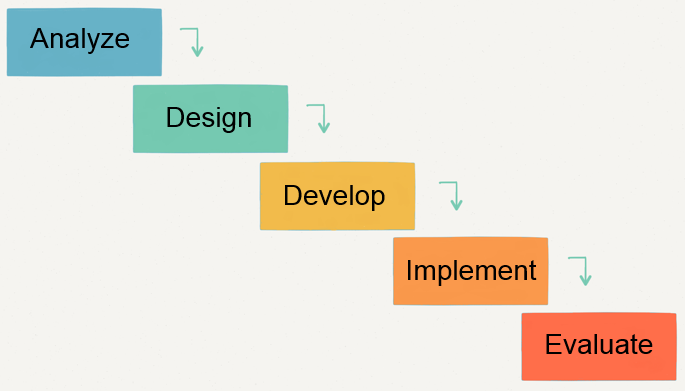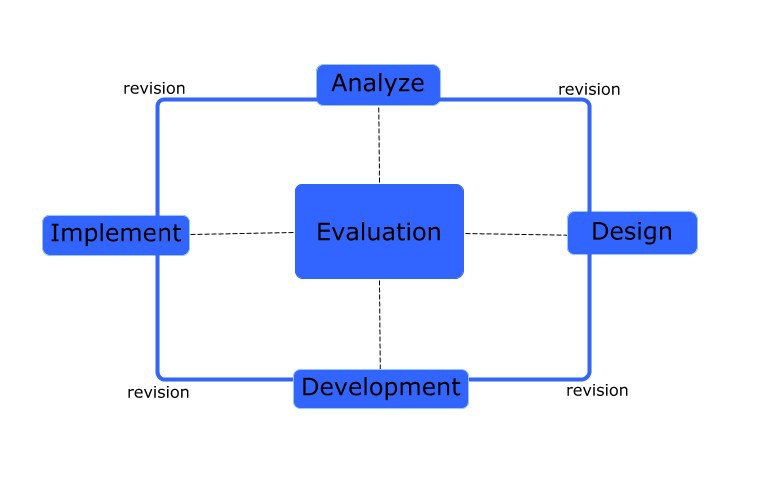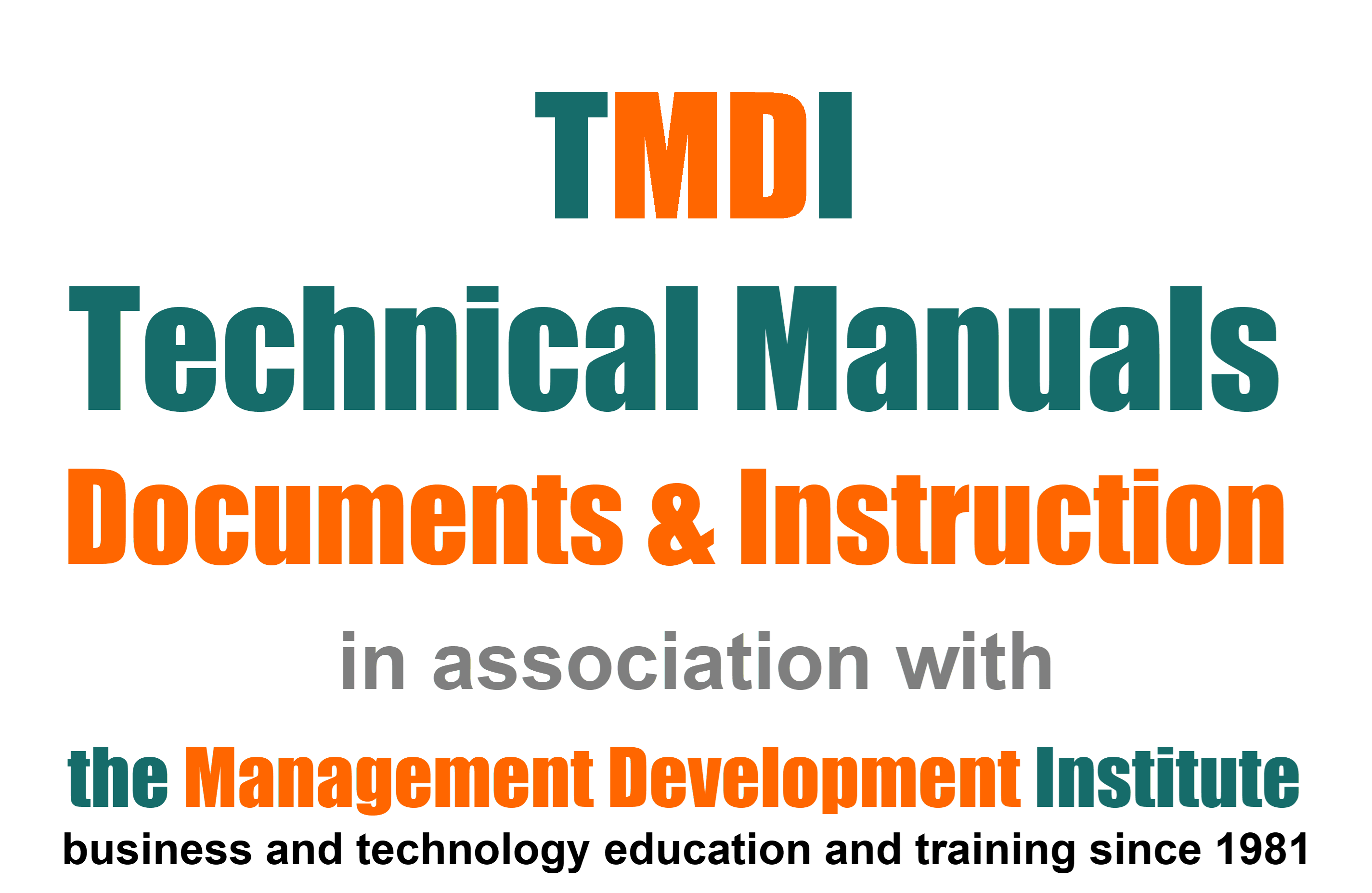 |
Curriculum is 'what' learners are required to learn.
Instruction is 'how' it is proposed they will learn it.
Curriculum Development vs Instructional Design
Curriculum Development
Curriculum is WHAT learners are expected to learn and what the teacher or trainer is expected to teach.
It documents the standards and benchmarks that students are expected to achieve. It is a set of goals, a materials list,
or possibly a set of "bare minimum" requirements for the planned learning.
Curriculum Developers (CDs) assemble content that meets specific standards, for example, to accomplish a specific task.
This could be to ensure that a worker knows how to perform a particular task. CDs often work in corporate training departments
or learning institutions.
Instructional Design
Instruction is HOW the content will be delivered and how the learners are expected to learn it.
This is where the teaching or training value-add becomes apparent and should be the trainer's focus. Inevitably,
each teacher and student will vary and often there will be no correct or right approach.
However, some strategies, methods and tools may be more likely to succeed than others, depending on each learners' needs.
Instructional Designers (IDs) follow a systematic process to design, develop and deliver appropriate instructional materials.
The terms instructional design, instructional technology, educational technology and instructional systems design are often
used interchangeably, not always accurately. ID is defined as the systematic development of instructional specifications,
based on learning and instructional theory, to assure the quality and consistency of instruction.
ID was developed by the US military during WWII in response to skilled labour shortages, when there was an urgent need to
upskill labour for war-time industries. It provided a methodology for delivering training systematically and efficiently.
Online, Instructor-led or Blended Delivery
Whether for computer-based, instructor-led or blended delivery, ID is a formal process for designing training which includes analysis,
design, development, implementation, and evaluation, as described in the ADDIE Model below.
TMDI's Instructional Designers (IDs) develop courses of instruction on many and varied topics and may assume the role of CD,
working in tandem with Subject Matter Experts (SMEs) who provide the detail as to the WHAT. Additionally, IDs develop the course
delivery methods and evaluation methods, i.e., the HOW.

Face-to-face, e-Learning and Blended Delivery
The principles of ID were developed when classroom or on-site delivery was the standard form of learning, but in recent years,
online, or e-learning, or delivery which is a blend of the two, have become more popular. Online is considered by some people to be more effective and efficient,
although we won't pursue that debate here as its usually context dependent.
However, the impact of Covid-19, repeated lockdowns, the threat of more lockdowns
and increasingly the normalisation of work-from-home (WFH) models, have undoubtedly accelerated the trend to online and blended delivery.
Increasingly, therefore, the practice of ID is assumed to mean e-learning. Although the principles remain largely
unchanged, the technologies and ID skillsets have evolved significantly. Further, even existing face-to-face courses, whether corporate
or in educational institutions, are being re-engineered for online delivery. The curriculum may not have changed much, although it
may have too, but the delivery technolgy and the ID skills definitely have.

The ADDIE Model
ADDIE is an acronym for Analyse, Design, Develop, Implement, and Evaluate. ADDIE is probably the best-known ID model,
which describes the process of designing, developing, and delivering learning content, by various media.
ADDIE provides an easily followed and structured framework to develop effective learning outcomes, whether for face-to-face
or online training, coaching sessions, lectures, information dissemination or other knowledge transfer objectives.
An internet search discloses dozens of varied graphic representations of the ADDIE model, many of which do not really add much value.
The traditional waterfall model, to use standard project language, can be represented by the simple step-by-step, or linear model below,
which for simple ID projects, realistically represents a typical ID process.

In reality, especially for more complex projects, the process is far more iterative, as represented by the model below taken from wikkimedia commons.

Ultimately, however, models are only useful if they help all project stakeholders understand the ID process in which they
play an important part. The ADDIE Model offers many advantages. It:
1. is simple and easy for all stakeholders to understand
2. is cost effective due to its lack of unnecssary complexity
3. provides a framework for developing structured learning
4. ensures that all learning activities form an integrated program to achieve the learning goal.
5. helps determine the learning's effectiveness in achieving the required performance knowledge, skills and behaviours.
The ADDIE Model may have some disadvantages, but rather than dwell on them here, it can be simply amended, or bypassed
for those unusual projects in favour of a more appropriate model. There are many other ID models in use which may
suit different situations, but we will not explore them here as the TMDI ID Team uses the ADDIE framework for most ID projects.
|





